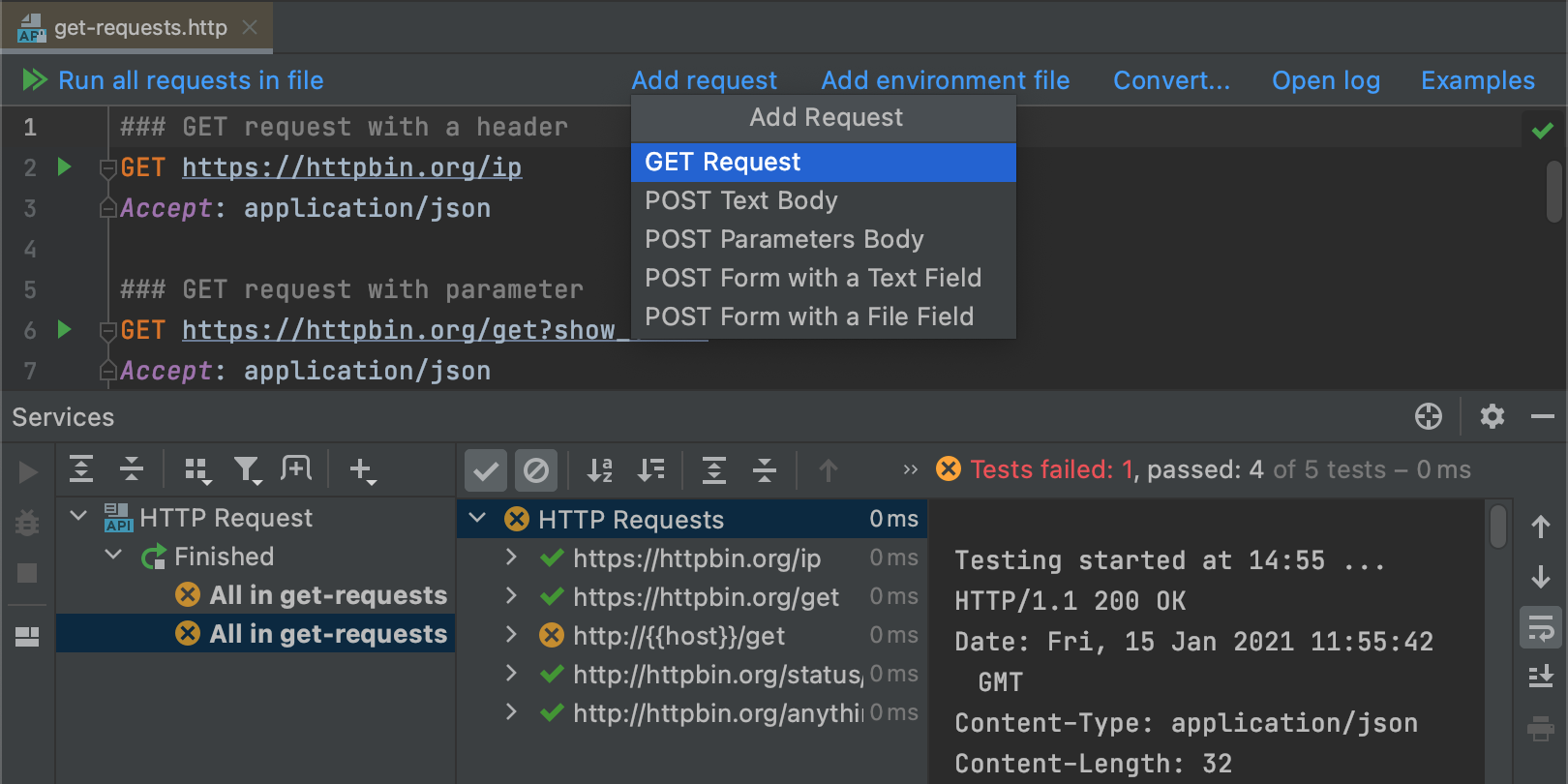

I followed the instructions I wrote up here and then attached a GDB-multiarch instance to the VM process by adding -s -S to the qemu-system command. This was the latest commit when I pulled the source. MethodologyĪll testing was completed against the master branch at commit revision f147aa80f52989c7455022ca1ab959e8545feccc. If this rubs anyone the wrong way, consider reaching out to the U-Boot project and asking them to set up a email inbox.
Http client in c full#
Also, the U-Boot maintainers do not have any form of private security contact method, so I’m just full disclosing this. Moq allows us to mock overridable members such as abstract, virtual, or interface methods. (not C++) Write a simple HTTP client and a separate HTTP server application in C using the POSIX socket libraries, As soon as the client connects, the server.

We dont want our unit tests to actually perform HTTP requests during testing so we will have to mock those requests.
Http client in c software#
Free and Open Source Software projects have. This is how you can unit test your methods that use HttpClient with Moq and xUnit. Related: List of Features Related Libs FTP+HTTP Tools comparison. The HTTP client is a very recently implemented feature and has not to my knowledge been included in a major U-boot release yet. Other HTTP/FTP client Libraries for C/C++. I don’t consider this a vulnerability because of its recent implementation and the slow adoption of new U-Boot versions. Since that can vary at runtime, trying to build an exploit is going to be difficult. In a virtualized environment, a successful exploit is going to depend not only on the amount of system memory, but more importantly, the $loadaddr parameter value passed into the wget command within the U-Boot CLI. If you want to consider this a vulnerability, writing an exploit that will work at all, let alone across device models, is going to be difficult. If you can control any part of the network, since the traffic is over HTTP you could simply Machine in the Middle the network traffic and send your own boot image as well. If hardware root of trust features were enabled, this could be used to bypass the hardware root of trust. If you can control the webserver the wget request is issued to, you can control the image that comes back to the host for it to boot. I am not sure what the goal of an exploit would be, but I think the most likely objective would be to try to load a different boot image than the one the administrator is expecting but even this is a stretch. All testing in this blog post was performed in a virtualized environment with qemu-system. You can replace all of the code with var textawait client.GetStringAsync(url) which will throw if the status code indicates failure. To the best of my knowledge, no such hardware device currently exists. This could potentially be used to remotely compromise a U-Boot based device that relies on U-Boot’s HTTP Boot. HttpClient is a base class for sending HTTP requests and receiving HTTP responses from a resource identified by a URI.
Http client in c portable#
const net = require ( ' net ' ) const response =. HTTP Client C API License HTTPClient 1.0 About the API Highly portable API written in C that implements the client side of the HTTP 1.1 Protocol as Defined in RFC 2616,2617. Forgive me for writing this poorly and in NodeJS.


 0 kommentar(er)
0 kommentar(er)
